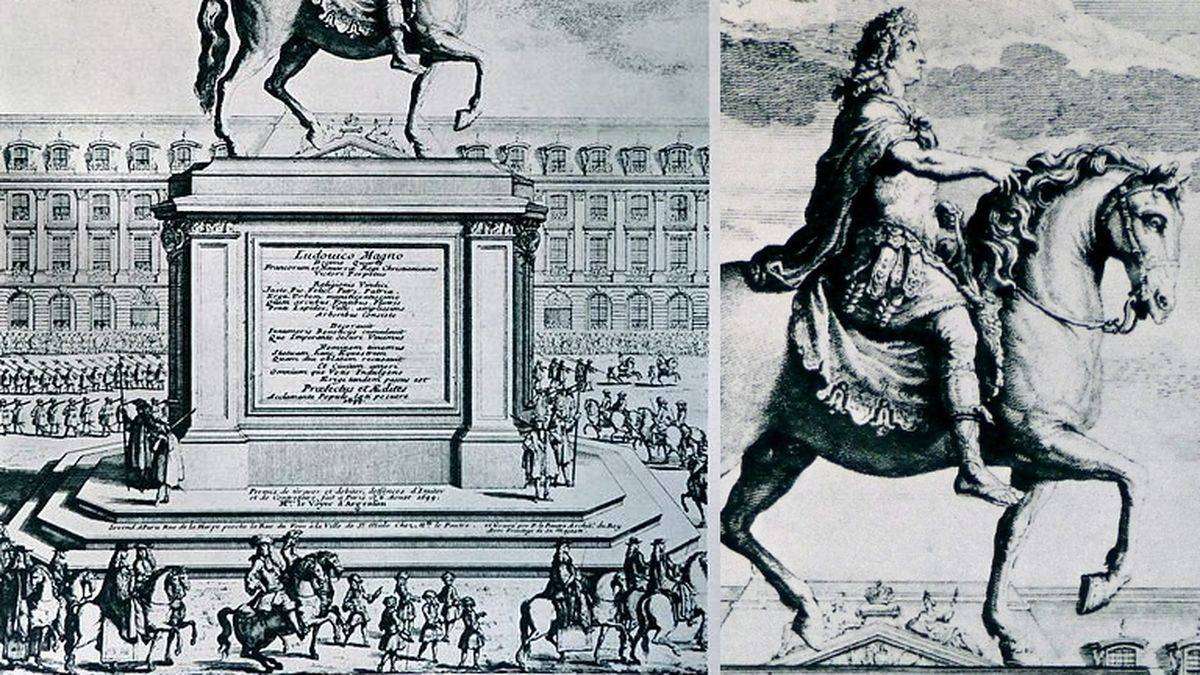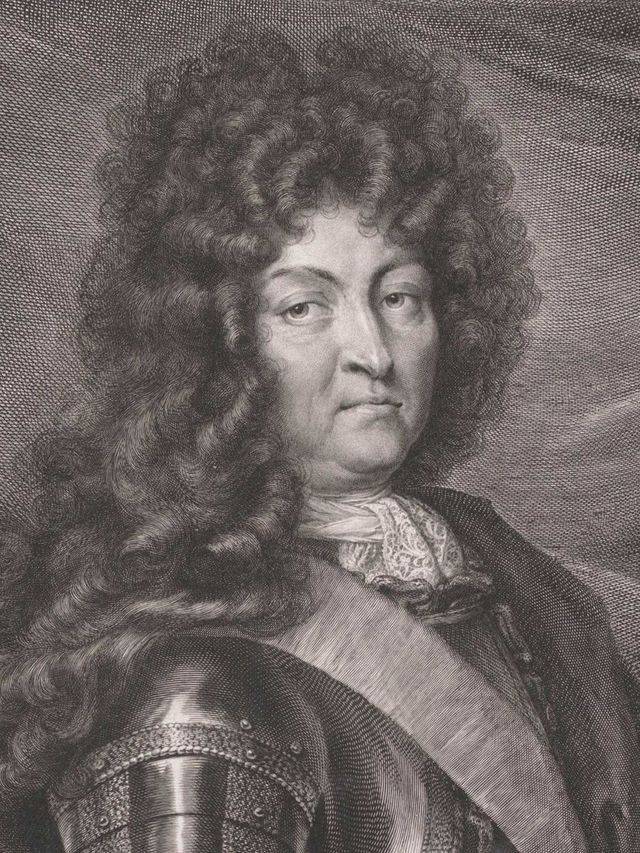 The statue inauguration, 1699 | ©Public domain
The statue inauguration, 1699 | ©Public domainThe history began in the 14th century: Antoine du Perron, king Henri II's butler, decided to raise a town house near the Tuileries palace, on the Faubourg-Saint-Honoré.
After his death, the house fell to Françoise de Mercoeur, who married César, duke of Vendôme, in 1609...
In 1638, Louvois, surveyor general of the king's building works, bought it in order to demolish it and laid out a square, the place des Conquêtes ("Conquest square"), with an equestrian statue of Louis XIV in the middle.
The king was flattered... and approved the plan in 1686!
But building works stopped because of a lack of money and Louvois' death in 1691.
Façades, glass-less, roof-less, were abandoned during 10 years.
King decided to demolish everything and rebuilt a square based on plans by Mansart.
In 1699, the brand new building work started again...
The square wasn't completed, but they raised the equestrian statue of Louis XIV (7 metres high): it was inaugurated in 1699, and for that purpose, Paris city organized a party.
And what a party! Jousts on the river Seine, fireworks... Parisians were overwhelmed with taxes, but who cares?
Tradition says duke of Burgundy refused to come at the party, saying: "How could I have fun, when people starving?!"
Did you know famous doctor Franz Mesmer moved in the number 16 of the square, in the 18th century?
Parisians were at that time fond of his studies about animal magnetism which cured "paralysis, gout, scurvy and accidental deafness". That's a tall order!
After the French Revolution (the place was called place des Piques), they ordered the construction of two columns dedicated to dead soldiers, in March 1800: one on place Vendôme, the other one on place de la Concorde.

